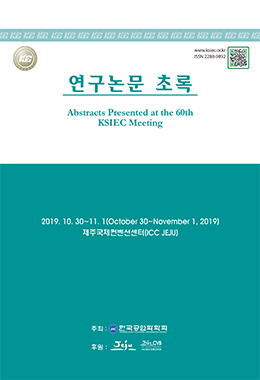High Efficiency and Eco-Friendly Non-Fullerene Polymer Solar Cells Obtained by Balancing Molecular Weight and Solubility in Chlorinated Thiophene-Based Polymer Backbones
한국공업화학회
2019.11
이 자료는 4페이지 이하의 자료입니다.
* 발행 기관의 요청으로 무료로 이용 가능한 자료입니다.




